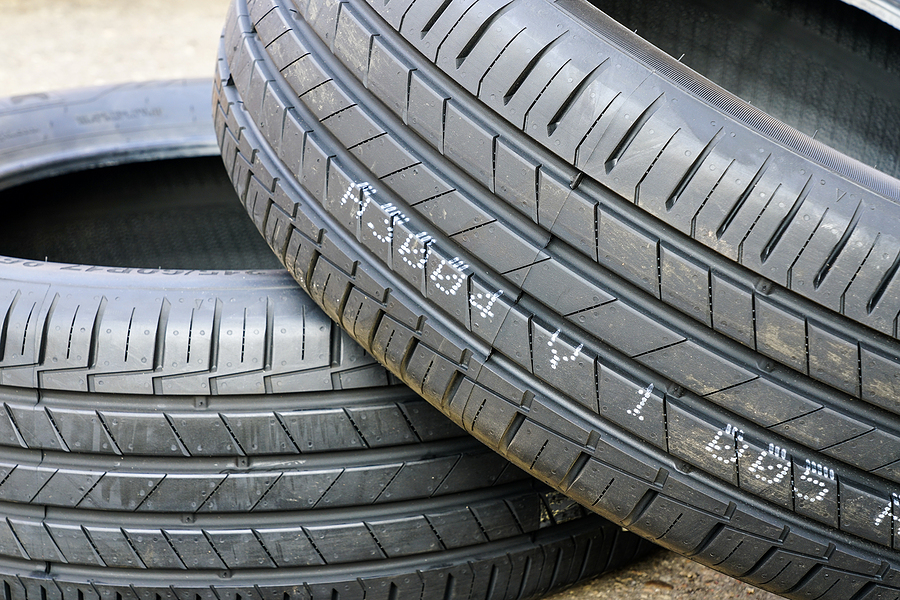Tires Impact How Your Car Performs—Here is How

Most automobile enthusiasts care about more than just the aesthetics of their ride; they also want to know how well it performs. It’s no secret that elements like engine size, horsepower, and torque significantly affect how well an automobile performs. But some individuals don’t become aware that handling has a significant influence on the performance of your car. What’s the most critical factor in your car’s performance? Right, it’s all about your tires! What kind of ride you’re going to get depends on your tires? As a result, which details have an impact on your ride? The RGX Rim Repair professionals are here to inform you of this.
Dimensions of the Wheel
If you’ve ever purchased a set of tires, you’ll recognize this: 205/75-R15. The tire’s diameter, or the distance from one side of the rim to the other, is indicated by the number after the “R” in that sequence.
The way your automobile handles is directly related to the diameter of your wheels. Larger wheel widths, for example, will provide you with better traction and a more comprehensive range of braking alternatives. Plus, if you have your wheels painted, chrome-plated, or ceramic coated, your car will look more distinctive with larger wheels.
However, a large wheel diameter might have a detrimental influence on your car’s performance. A bumpier ride, poorer control in corners, and a greater danger of bending are consequences of larger wheels. RGX Rim Repair offers many sites around North Carolina, so you can get your bent rims fixed no matter where you are in the state.
Wheel Width
The tire’s width is indicated as the first figure while shopping for tires (in millimeters). Whether or not you can place a wider tire on your vehicle is primarily dependent on whether your vehicle’s suspension can support it. Wider tires may improve grip in ideal circumstances, but they will likely perform poorly if driving conditions abruptly change without the proper adaptations.
Air Pressure in the Tires
Tire pressure is a significant factor in how well your automobile performs. Why? Underinflated tires are more likely to develop significant problems and eventually fail. Unable to flex and bend as they should, overinflated tires cause harsher ride quality, more rapid degradation, and even blowouts. While driving on rugged terrain or off-roading can be extremely risky.
On the other hand, underinflated tires make it more difficult for your vehicle to go ahead, increasing the likelihood that they may overheat and lose their tread. Tires that are underinflated wear out more quickly and decrease fuel economy.
Tire Rigidity
The ride and handling characteristics are influenced by the firmness or softness of your tires. Durability is reduced, but soft tires provide a more comfortable ride and improved traction and stopping power. On the other hand, hard tires have a longer lifespan and are better suited for high-speed driving and rugged terrain.
Thread Diameter
A tire’s capacity to handle wet, snowy, muddy, sand, and other potentially hazardous driving conditions decrease when the tread wears down. In wet circumstances, you’ll have less control, hydroplane more quickly, and require more time to stop altogether if your tires have a shallow tread. In addition to steering wheel shaking, uneven tread wear can lead to tire wear that is not evenly distributed.
However, less tread might have a favorable effect on performance. In dry circumstances, race vehicles frequently use treadless tires because they provide the best grip and handling. Having smaller tires also means less road noise, so keep that in mind while you shop.
The performance of your automobile is significantly reliant on the quality of your tires since everything depends on them. You’ll want to conduct some research before purchasing new tires for your vehicle.
